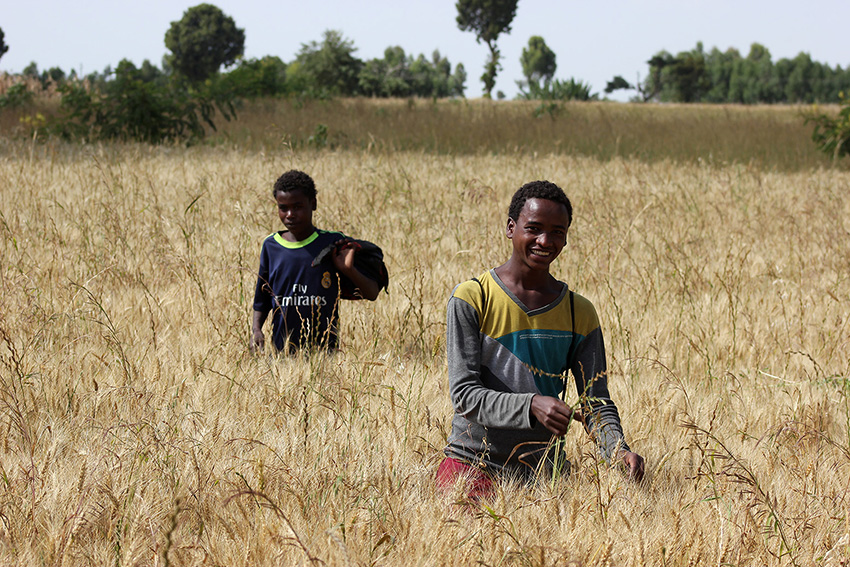
Arsi Negele, in southern Ethiopia, is a paradox: local farmers are blessed with good soils, good and reliable rainfall, relatively large farms, and good market connections, but the local hospital in Gambo admits, on average, one child per day suffering from acute malnutrition (kwashiorkor and marasmus). The main cause? A grain-based diet that lacks proteins, vitamins, and other micronutrients. Biofortified maize and wheat that include some of these missing elements could help. But diet diversification is probably the real answer.
Research conducted in the area by CIMMYT-Ethiopia and the Center for International Forestry Research (CIFOR) revealed that diet diversity was much greater where patches of forest had been preserved. These patches are used for grazing, allowing farmers to keep more livestock. Animal products contribute to diet diversity both directly and indirectly, i.e., when manure is applied to home gardens, which as a result are more productive and diverse. Interestingly, landscape composition affects diet diversity, but not the amount of calories available to farming households, which does not appear to decline if some forest is retained instead of being converted to maize or wheat fields. Furthermore, and contrary to what is commonly assumed, market access was found not to affect diet diversity positively because farming households seldom purchase nutritious food from the market, even when they can.
To better understand the link between landscape diversity, diet diversity, and nutritional status, CIMMYT-Ethiopia, the Ethiopian Public Health Institute (EPHI), and Columbia University launched a new partnership in October. Anthropometric measurements and blood analyses will be carried out next year. Analysis of these data, combined with data already collected by CIMMYT-Ethiopia and CIFOR, will help design sustainable intensification pathways through which grain yields can be increased without negative consequences for nutrition.
 Capacity development
Capacity development 
